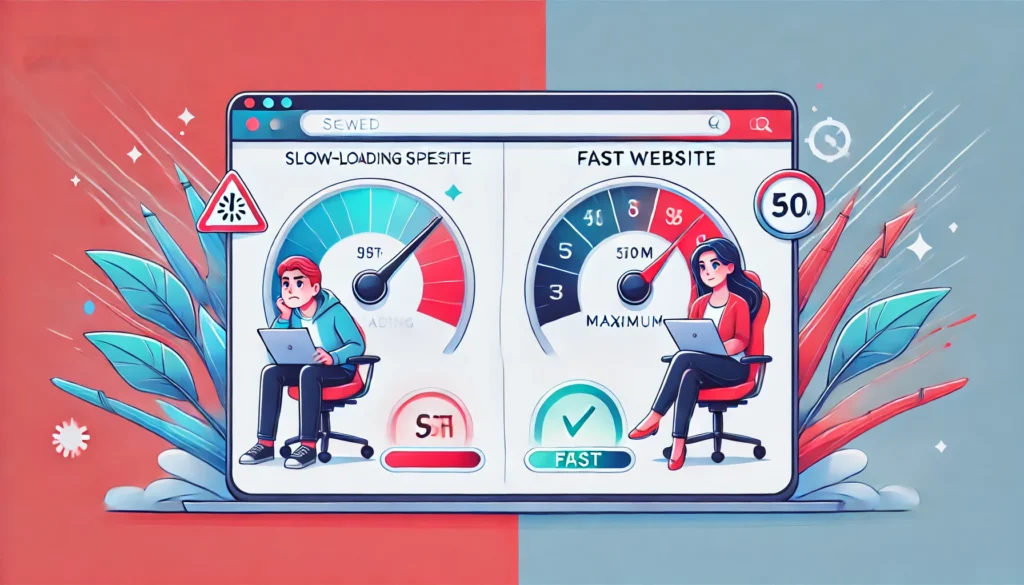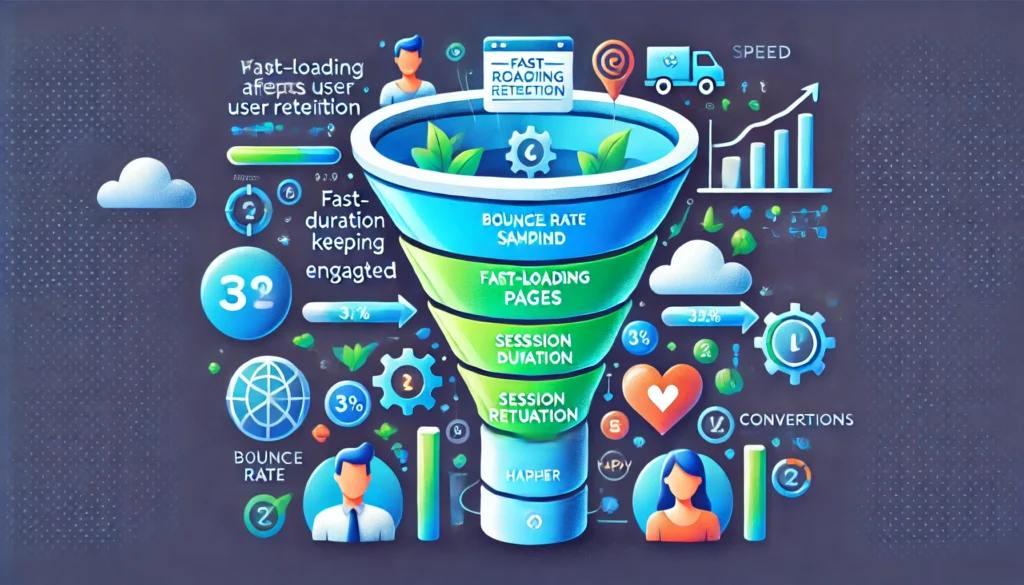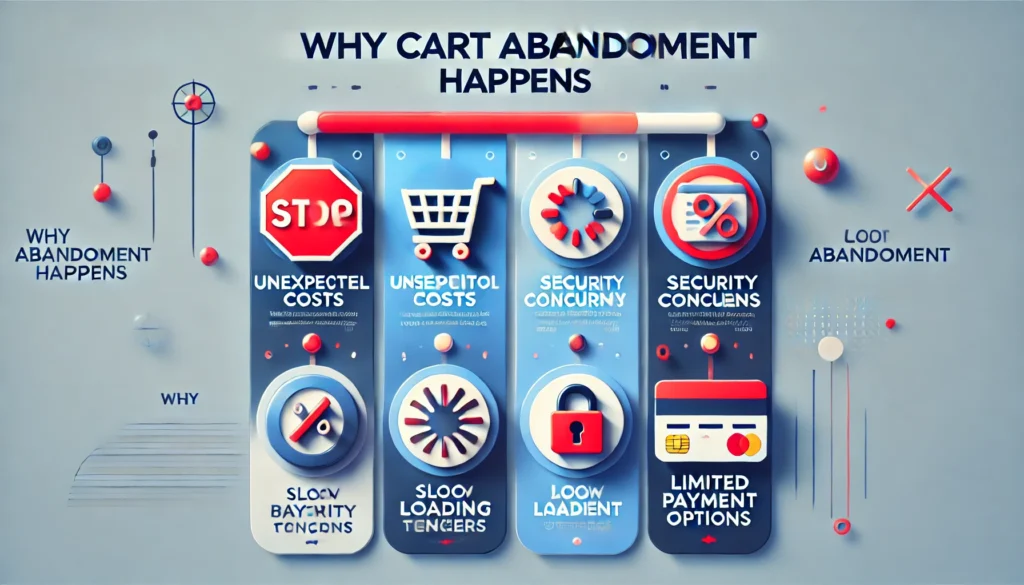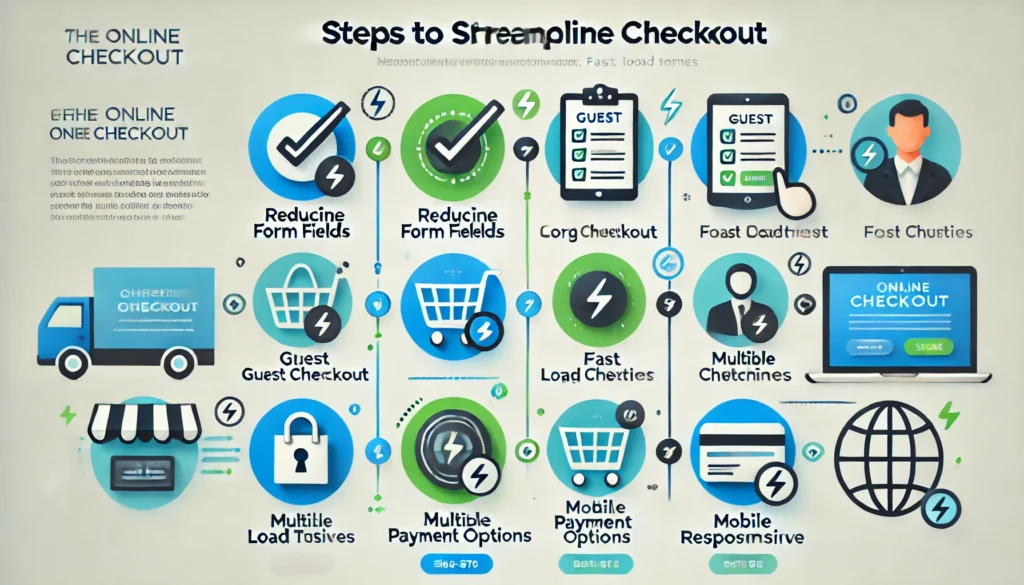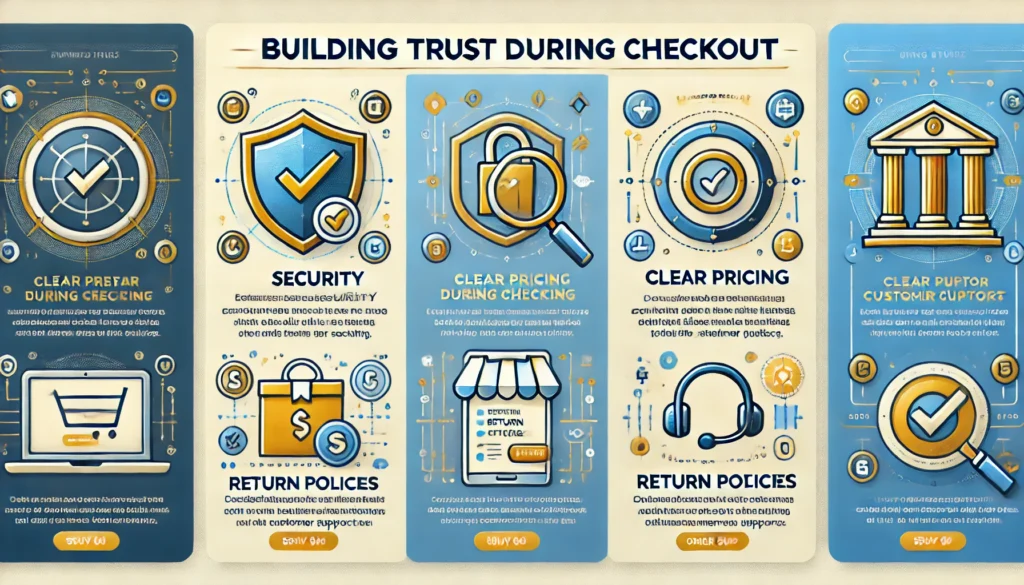Understanding the magnitude of modern data breaches is crucial for any individual or organization committed to protecting their digital assets. In an era where sophisticated hackers thrive on advanced tactics, the security of your online presence can determine whether you stand firm or crumble under cyber pressure. Every day, countless login credentials float around underground marketplaces, and each stolen password or unpatched piece of software becomes a potential goldmine for nefarious actors. The concept of a data breach spans well beyond simple financial scams or identity theft; it touches on intellectual property, strategic corporate information, and even personal safety. Protecting your data is not a mere task to be brushed aside, but a continuous effort that requires vigilance, knowledge, and the right partners to help you maintain a robust security posture.

The reality of the modern threat landscape is that hackers no longer rely on easily spotted phishing attempts or guesswork. They employ multi-pronged infiltration methods, combining clever social engineering with brute-force password cracks, zero-day exploits, and advanced persistent threats that lurk in your systems for months before detection. Companies that once considered themselves outside the scope of criminal interest are waking up to the hard truth that no one is off the radar. In fact, small businesses can be even more vulnerable, as resource constraints often lead them to neglect key security practices. This universal risk is exactly why data breach prevention is relevant for everyone: large corporations, startups, individual freelancers, and hobbyist website owners alike.
Still, the situation is far from hopeless. By focusing on three primary dimensions of digital security—password management, software updates, and monitoring—you can establish a formidable defense. Each dimension requires a unique strategy that, when combined, creates a cohesive shield around your online environment. Building these layers of protection does take time and effort, but the cost of complacency is far steeper than any investment in robust security measures. Below, we examine each dimension in detail, offering insights into how you can implement stronger practices that safeguard your data. When integrated properly, these strategies not only fend off immediate threats but also future-proof your digital presence, making it more resilient to evolving tactics.

Understanding the Modern Data Breach Landscape
A foundational comprehension of the current data breach landscape shapes your perspective on why certain security measures are indispensable. Threat actors are not limited to lone individuals operating in isolation; they are often part of vast criminal networks that exchange information, tools, and methodologies. This collective knowledge pool accelerates the evolution of hacking techniques, making old security methods obsolete. In previous decades, simply choosing a moderately strong password or installing antivirus software was sufficient for average users. Today, however, sophisticated hacking toolkits, AI-driven brute force attacks, and refined phishing campaigns demand a more layered approach.
The impact of a data breach on a personal level is tangible. If a malicious entity obtains your login credentials, they can gain access to your email, financial data, or social media, using one compromised account to pivot into others. The ripple effect can escalate quickly; for instance, a compromised email can be used to reset passwords for other platforms, and a compromised social media account can exploit the trust of your friends and followers. For businesses, the stakes are even higher. A single breach can compromise client data, disrupt daily operations, and result in lasting reputational damage. Legal consequences and regulatory fines may ensue if negligence in protecting sensitive data is proven.
Contrary to the occasional sensational news headlines that treat data breaches as rare catastrophes, modern cyber risks are relentless, daily realities. It is easy to assume that massive breaches only happen to global corporations with tens of millions of user records, but smaller attacks aimed at specialized targets are equally prevalent. Cybercriminals often prefer to exploit easier targets, generating steady trickles of compromised credentials that feed the black market. Any complacency in your security approach is precisely the vulnerability they seek to exploit. After understanding these overarching risks, one can better appreciate why password management, software updates, and continuous monitoring must form the bedrock of any breach prevention strategy.
Part of comprehending this environment involves recognizing that no defense is entirely infallible. The goal is to minimize risk to an acceptable level and be prepared to detect and respond swiftly if a breach occurs. By remaining aware of the threat landscape, you not only protect your immediate digital assets but also stay alert to new or emerging threats. This agile mindset ensures that the tactics you employ remain effective over time, transforming security from a reactive measure into a proactive discipline. Far too often, individuals and organizations only tighten security after becoming victims. Awareness and consistent application of best practices help you avoid becoming another cautionary tale.

Strengthening Password Management
Password management stands as the first line of defense against the tidal wave of hacking attempts that occur daily. The days of selecting simple, memorable words or reusing the same password across multiple platforms are long gone. Hackers utilize powerful tools capable of testing billions of combinations in short order, and leaked credentials from one service can be rapidly tried on others. If you still rely on easy-to-remember patterns or repeated passwords, you are handing out the virtual keys to your digital kingdom. Complexity in passwords, while slightly inconvenient, is arguably the single most impactful measure you can take to protect yourself. Phrases mixing uppercase and lowercase letters, symbols, and numbers pose a significantly greater challenge to brute force attempts than dictionary words or predictable patterns. Ideally, you should consider using passphrases—long combinations of random words that form a string of characters resistant to automated cracking.
An often overlooked aspect of password security is the concept of uniqueness. Even a perfectly strong password loses its effectiveness if it is duplicated across multiple accounts. A single compromised website that fails to safeguard user data could hand over your credentials to hackers, who will systematically test them on every other major platform, from social networks to banking portals. Modern credential stuffing attacks rely on the knowledge that many people reuse passwords, and once criminals find a match, they pivot quickly, installing malware, stealing personal data, or conducting financial fraud.
For managing the sheer volume of complex, unique passwords, specialized password manager applications are invaluable. They generate highly secure passwords for each account and store them in encrypted vaults, requiring only a single master password to unlock. This approach relieves the cognitive burden of remembering multiple credentials, reducing the temptation to reuse or simplify passwords. Another potent security layer is multi-factor authentication (MFA). By adding an extra verification step, such as a one-time code or biometric scan, you ensure that even if a password is compromised, an attacker still lacks the additional token needed to gain entry.
A final consideration is how you store and handle these credentials in real life. Writing passwords on sticky notes or saving them in plain text documents on your computer is precarious. If you must keep a physical record, securing it in a locked environment is essential. Encrypted apps on your smartphone or integrated browser-based password managers with robust encryption also contribute to safer storage. In all these approaches, the overarching theme is a deliberate commitment to stronger, more unique credentials across every service. This is not a one-time solution but an ongoing habit, requiring you to update and change passwords periodically. Keeping track of this process may seem daunting, but the benefit of thwarting infiltration attempts makes it worthwhile.
Embracing the Power of Timely Software Updates
While passwords often receive the bulk of attention, software updates are the silent guardians of your digital environment. From the operating system on your laptop to the content management system (CMS) running your website, each piece of software comes with potential vulnerabilities. Developers regularly patch these vulnerabilities through updates, removing known attack vectors and improving overall stability. Postponing or ignoring these updates grants hackers ample time to exploit the unpatched flaws. Many high-profile breaches can be traced back to outdated software where a known vulnerability was left unaddressed.
Keeping software current is not restricted to operating systems. Web browsers, plugins, themes, server applications, and firmware on your network devices all require routine checks. Even your antivirus or endpoint protection software needs consistent updates to recognize the latest threats. Admittedly, it can feel like a constant chore to keep clicking “update,” but it is a chore that pays dividends in security. The convenience of automated updates removes much of this manual effort, though you must ensure that these features are properly configured and tested. If you run a business, a patch management strategy that systematically checks and deploys updates across your infrastructure is indispensable. This might include staging systems where you can test updates for compatibility before rolling them out widely.
When it comes to websites, especially those powered by popular CMS platforms, ignoring plugin or theme updates is a common pitfall. Many site owners prioritize site design or content creation over the routine maintenance of their digital infrastructure. This is precisely the vulnerability cybercriminals hope to find. They often develop scripts to scan the internet for sites running outdated versions of popular plugins, enabling them to infiltrate multiple websites in a single operation. The aftermath can range from content defacement to the silent injection of malicious code that hijacks your visitors’ information. Keeping a website updated is not merely a matter of aesthetics or feature enhancements; it is a fundamental responsibility in safeguarding your brand and your users.

Timely software updates, therefore, form a powerful deterrent against opportunistic attacks. They ensure that your defenses are not weakened by known, publicly documented exploits. Coupled with strong password management, regular updates form a two-pronged shield. One prong ensures that unauthorized access is not easily gained, while the other prong ensures that even if an attacker identifies a new technique, outdated software does not serve as an open door. The relationship between robust password practices and fully patched systems is symbiotic, amplifying your overall security posture. Taken together, they significantly reduce the likelihood of a breach, protecting your reputation and, more importantly, your data.
Ongoing Monitoring and Incident Response
The final major pillar in preventing data breaches is continuous monitoring paired with a well-prepared incident response protocol. Even with strong passwords and timely updates, sophisticated attackers sometimes break through. A swift reaction can mean the difference between a minor security incident and a catastrophic data leak that unfolds for months before detection. Monitoring tools range from simple anomaly detection systems that flag unusual login attempts, to complex intrusion detection and prevention systems that automatically isolate suspicious activity. When an anomaly is detected, it triggers a series of steps aimed at investigating and containing potential breaches as quickly as possible.
In the context of web development, constant monitoring of server logs, database access, and user activity can reveal early warning signs. For example, if you notice multiple failed login attempts from a single IP address or suspicious file changes in your website directories, you can respond promptly. A thorough incident response protocol typically involves isolating the compromised segment, collecting evidence for further analysis, and taking immediate steps to block the attacker’s access. Alerts generated by modern monitoring solutions can also notify you in real time, preventing damage from escalating. This approach saves not only sensitive data but can also prevent the infiltration from spreading to other interconnected systems. Speed is critical during an incident, because even a short delay in response can provide enough of a window for attackers to steal confidential information or install backdoors that allow future access.
Equally important is the post-incident analysis. Once the immediate threat is contained, investigate how it originated, which vulnerabilities were exploited, and how you can prevent a similar issue from recurring. This knowledge should feed back into your security strategy, closing any gaps that attackers found. Consistent vigilance and readiness transform your stance from purely defensive to adaptive, anticipating rather than merely reacting to malicious behavior. It is this cyclical process—detect, respond, analyze, improve—that keeps your security measures relevant and robust over the long term.

Throughout this article, we have explored the three pillars—password management, software updates, and monitoring—and how they converge to form a potent defense against data breaches. The internet’s rapid evolution has made these concepts indispensable to safeguarding both personal and commercial interests. Just as vital is the awareness that security is a journey rather than a destination. Threats adapt, technology evolves, and the demands of digital life never stand still. By maintaining a vigilant posture, continuously refining your strategies, and seeking expert guidance where needed, you can erect formidable barriers between your critical data and the attackers who covet it.
If you are looking to implement or enhance these security strategies in a new or existing web presence, consider the specialized services offered by Vadimages. At Vadimages, our web development studio goes beyond simply building attractive websites. We integrate advanced security solutions that align with industry best practices, ensuring that the online experiences you create for your users are backed by layers of robust defense. Our team keeps pace with the latest cybersecurity developments, proactively applying updates, managing system integrity, and providing monitoring services that help you stay ahead of emerging threats. By partnering with Vadimages, you gain access to a dedicated, knowledgeable force that prioritizes the safety of your digital infrastructure. Reach out today to discover how we can tailor a security-focused solution that meets your specific needs and fortifies your online presence.

Embracing these measures and working with the right development partner can ultimately help you avoid the pitfalls of data breaches, which have become all too common in our interconnected world. By combining strong passwords, consistent software updates, and vigilant monitoring, you elevate your digital environment to a higher standard of resilience. Rather than reacting to threats, you proactively impede them, warding off intrusions before they can take root. This holistic approach grants peace of mind, allowing you to focus on growth and innovation, confident that your data, your brand, and your users are guarded by modern, effective, and sustainable security practices.
The final call to action is to stay informed. Cybersecurity is ever-changing, and keeping up with the latest threats, vulnerabilities, and defense strategies ensures that you are never caught off-guard. Whether you are a large enterprise or a personal blogger, the core principles outlined here serve as a powerful starting point. Password hygiene, timely updates, and continuous monitoring represent the three essential steps, but they also open a pathway to a broader security culture that includes encryption best practices, network segmentation, and rigorous access control. By taking these steps, supported by a knowledgeable and proactive partner such as Vadimages, you can face the complex cyber landscape with confidence and safeguard what matters most: your data, your reputation, and your community.




































